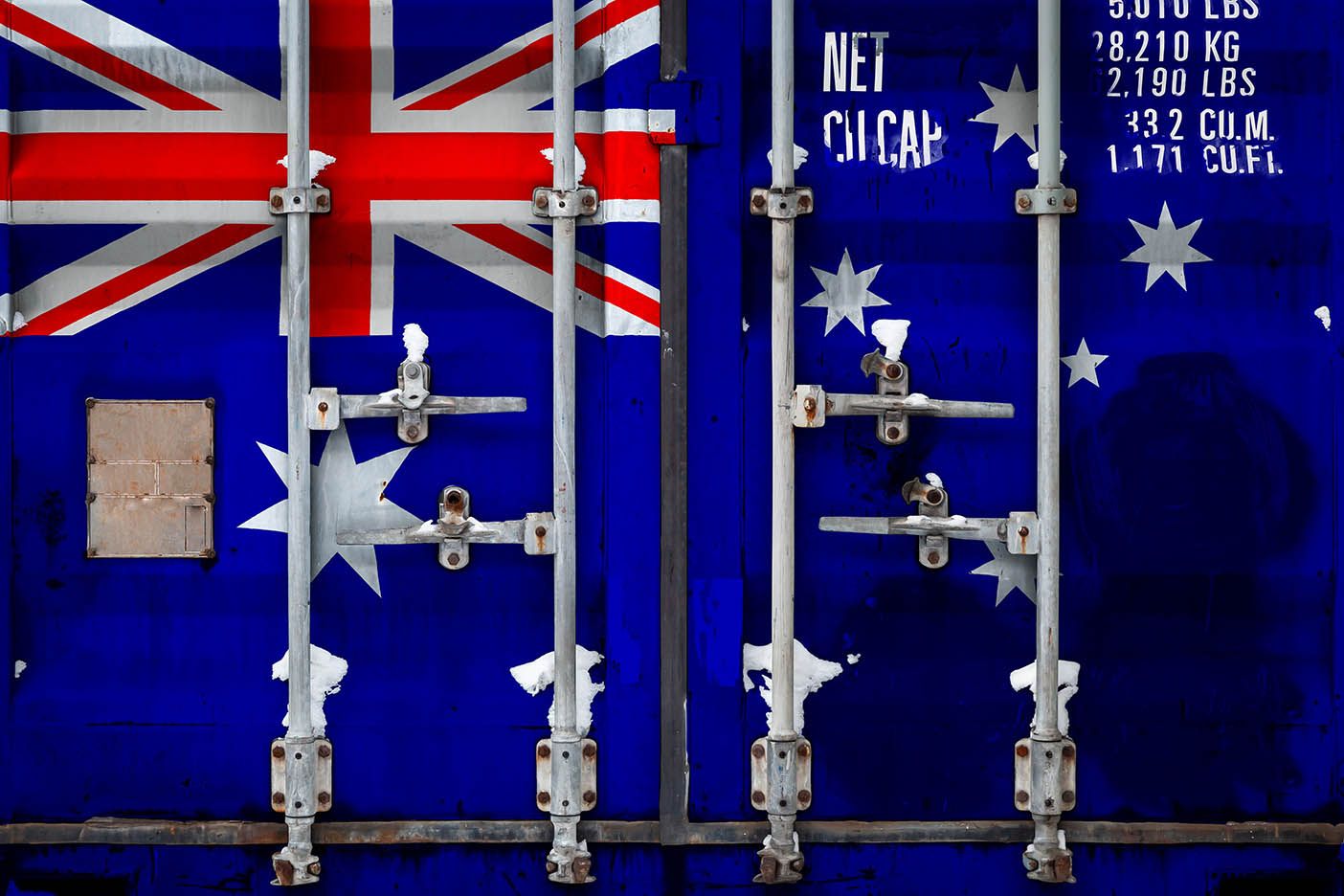Australian Dollar a Compelling Buy: BMO Capital's Gallo

Image © Adobe Images
- GBP/AUD rate at publication: 1.7841
- Bank transfer rates (indicative guide): 1.7217-1.7340
- Money transfer specialist rates (indicative): 1.7370-1.7700
- More information on securing specialist rates, here
- Set up an exchange rate alert, here
A prominent foreign exchange strategist says the Australian Dollar is likely to appreciate over coming months as it plays catch up with a surge in value of global commodity prices.
The Reserve Bank of Australia (RBA) on Tuesday released its monthly price index for Australian commodity exports which has now risen to its highest level since 2013, a development that could potentially signpost further gains in the Aussie Dollar owing to Australia's significant commodity export base.
Stephen Gallo, European Head of FX Strategy at BMO Capital tells clients the Australian Dollar trails the rally in the export commodity index, suggesting to him that more Australian Dollar upside is likely.
In 2013 - the last time the index reached such levels - the Australian Dollar-to-U.S. Dollar exchange rate (AUD/USD) recored a high at 1.0582, the Pound-to-Australian Dollar exchange rate (GBP/AUD) meanwhile reached an all-time low that year at 1.4382.
Australia is a major exporter of raw commodities; notably iron ore, coal and natural gas, meaning when their value rises on international markets the country's foreign exchange earnings tend to increase.
Rising export receipts in turn create a bid for the Australian Dollar, which now looks to find itself increasingly well anchored by an improving terms of trade.
"The other factor that makes long-AUD so compelling is the rapid transformation underway in terms of AUD's relative safety," says Gallo, referring to this improvement in trade dynamics.
A country that has a strong export base tends to find its currency enjoys a strong fundamental foundation, meaning it is not exposed to the whims of international capital flows which can often be volatile.
According to new data from the ABS out on Tuesday, Australia recorded A$14.5BN (3.0% of GDP) current account surplus for the fourth quarter, taking the 2020 surplus to A$49.1BN (2.6% of GDP).
"In the 48-year history of modern floating exchange rates, AUD has never been backed by a current account surplus anywhere near that magnitude. Given the pullback last week, we think the present moment is a good entry point for re-establishing long-AUD positions," says Gallo.
BMO Capital expect AUD/USD to eventually break above 0.80 again, "although it may take a bit of time after last week's failed breakout," says Gallo.
{wbamp-hide start} {wbamp-hide end}{wbamp-show start}{wbamp-show end}
The developments come on the same day that the RBA conducted their March policy meeting, at which it was agreed that interest rates should remain unchanged, as should the target yield rate of 0.10% on three-year bonds.
The RBA responded to the 2020 coronacrisis by buying up Australian government bonds on the open market, the increased demand they create ensures that the yield paid on the bonds is ultimately contained thereby ensuring the cost of borrowing right across the economy remains affordable.
There was however one surprise that proved to be of interest to foreign exchange markets.
The RBA said they had brought forward bond purchases this week to "help smooth the functioning of the market and we are prepared to make further adjustments to purchases in response to market conditions".
This appears to be a reaction to the global phenomenon of rising bond yields and suggests the RBA remains proactive in their attempt to keep the cost of lending in the Australian economy steady.
"Normally adding to (or pulling forward) QE would be negative for the associated currency, but in this case, the RBA's smoothing operations seemed to help AUD regain its footing on Monday," says Gallo.
To date, a cumulative A$74BN of government bonds issued by the Australian Government and the states and territories have been purchased under the initial A$100BN programme.
A further A$100BN will be purchased following the completion of the initial programme and the Bank is prepared to do more if that is necessary.
The GBP/AUD has fallen back into its February range owing to the Aussie Dollar comeback and is quoted at 1.7841 at the time of publication, the AUD/USD rate has risen for a second day in succession to reach 0.7795.











